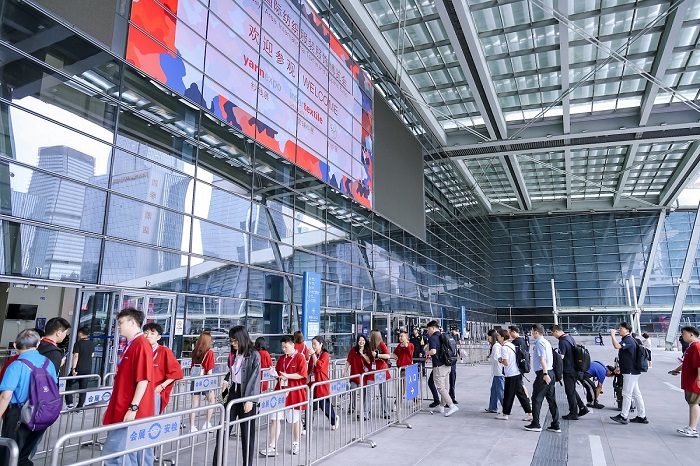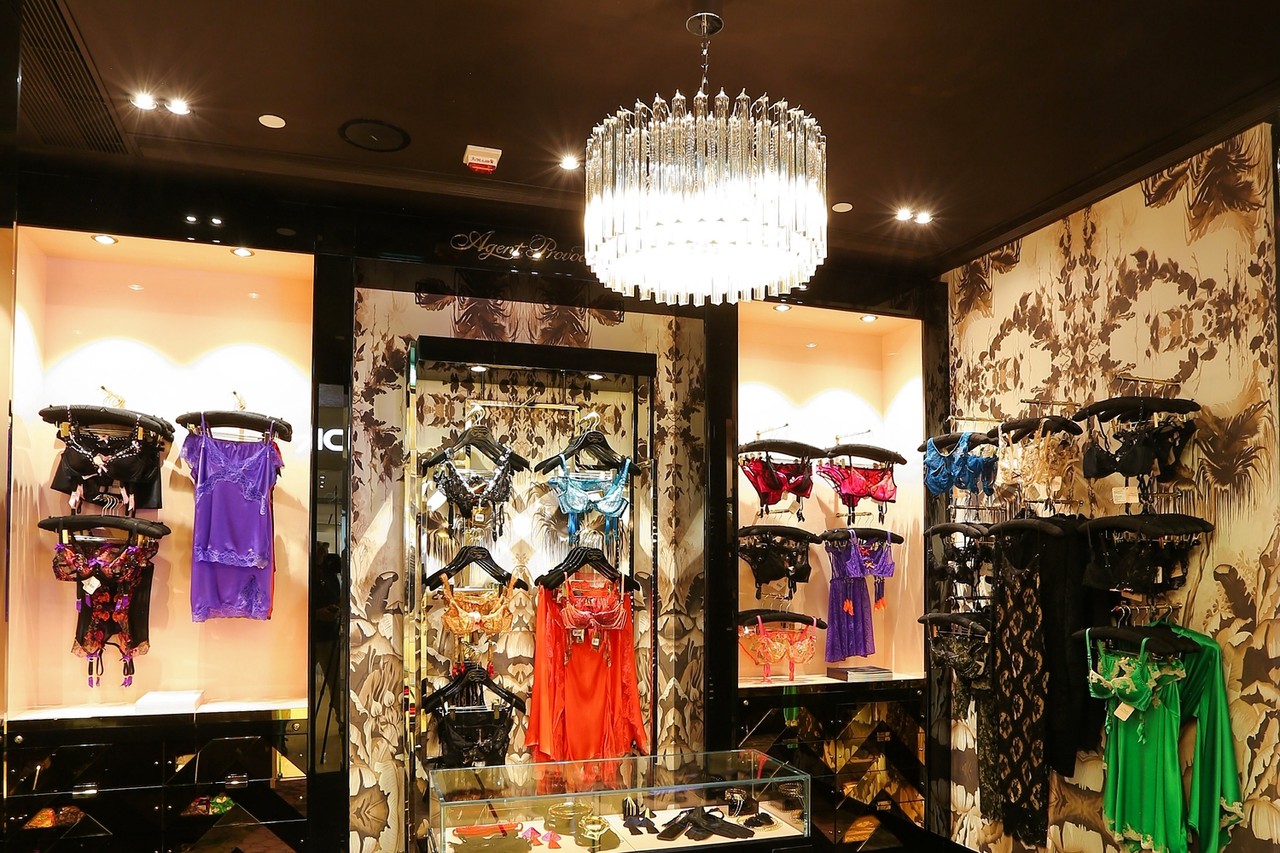FW
The Pakistan Cotton Ginners Association (PCGA) says the cotton standardisation fee is unjust and a burden on the ginning industry. It has urged the ministry of textile to meet its annual expenditures from its own kitty instead of financially burdening the ginning industry.
PCGA says the ministry is doing nothing for the welfare of cotton growers and ginners. Ginners had already rejected the cotton standardisation fee of Rs 5 per bale in 2007-8, but it has now been revived. The association says the ministry has not taken any interest in ensuring the availability of well-germinated, heat-disease resistant seeds for boosting cotton production and that no market mechanism has been evolved to safeguard the interest of growers as well as ginners. Nor have modern agro-machinery, fine quality fertilisers, and farm implements been supplied to growers.
Ginneries in Pakistan received about 14 million bales of cotton as on April 15, 2014. More than 12 million bales of cotton were purchased by domestic textile mills in Pakistan. The Pakistan Cotton Ginners Association is a representative body of over 1,200 ginning factories in Pakistan. It came into existence in 1958. It takes care of the interests of ginners.
pcga.org/
The Bangladesh government has used the first meeting of the Forum on Trade and Investment with the US to announce plans to eliminate tariffs and other charges on fire safety equipment. The decision comes after North American apparel retailers and importers last month expressed their concerns that efforts to improve safety in Bangladeshi garment factories are being hampered by high tariffs of up to 61 per cent on imports of essential building and fire safety equipment such as sprinklers and fire doors.
No time frame has been put on the move, but it should make the costs of building remediation less expensive for factories and encourage critical investment into these products. The United States-Bangladesh forum on trade and investment gives the two governments a mechanism under which to discuss trade and investment issues as well as areas of co-operation. It is also seen as a key measure in helping to restore preferential tariffs for exports from the Asian country.
Other issues discussed by the two countries included investment rules, intellectual property protection, fumigation requirements for cotton imports into Bangladesh, and economic development and cooperation in the South and Southeast Asia region.
A new research, development and manufacturing center in Canada is being set up to try to make the workplace safer. Olds College is joining Alberta Garment Manufacturing to establish what is believed to be Western Canada’s first apparel research and development facility. When it opens in 2015, the facility will test, design and manufacture protective clothing for the energy and construction industries as well as for the Canadian forces.
The center will design its own product lines and test designs from other companies. An example would be tests on cold-weather gear developed by the Canadian military. Canada is known as a cold country. It doesn’t have many facilities that can test their cold ratings of products. Now it will have.
There is a need for testing products and developing standards for steam because steam processing is a dangerous occupation. Right now there is no clothing that protects the worker from steam accidents. So the project will work on development of flame retardant clothes, especially clothing for steam exposure, that is, hot liquid exposure.
The new facility will complement the Fashion Marketing and Apparel Technology programs offered by Olds College and will be connected to the Alberta Garment Manufacturing facility in northeast Calgary.
www.oldscollege.ca/,
UK department store operator Debenhams is the latest retailer to sign a sustainability plan, designed to reduce environmental footprint of clothing over its lifecycle. The Sustainable Clothing Action Plan (SCAP) is led by the UK government's Waste & Resources Action Program (WRAP).
By 2020, signatories aim to have reduced their carbon and water footprints as well as the amount of waste sent to landfill by 15 per cent. The SCAP 2020 commitment also includes a 3.5 per cent cut in waste arising per ton of clothing. If these targets are met, WRAP expects to save the equivalent annual CO2 emissions of nearly 2,50,000 cars, water in 1,60,000 Olympic-sized swimming pools, and over 16,000 tons of waste.
Key action areas include reducing the environmental footprint of clothing through fiber and fabric selection, extending the useful life of garments, and increasing re-use and recycling. The campaign includes the SCAP footprint calculator, which enables a brand or retailer to quantify the carbon, water and waste footprints of its entire garment portfolio.
WRAP works with major UK businesses, trade bodies and local authorities and helps people recycle more and waste less, both at home and at work, and offers economic as well as environmental benefits.
www.wrap.org.uk/
Intercontinental Exchange Group (ICE) plans to issue a new world cotton contract to reflect global prices in the fourth quarter of 2014. The new contract would trade alongside ICE's US-based cotton futures contract.
The exchange expects the new international contract to begin trading before the end of the year and have its first delivery in early to mid 2015. The exchange's current cotton contract is only for US-grown cotton, with delivery points in the US. While the US is the world's top exporter of cotton, an international contract is necessary because the US contract doesn't necessarily reflect the global cotton market.
Both the International Cotton Association, a trade group, and American Cotton Shippers Association, an industry group, are now working together on the contract. The origins of cotton that could be delivered to fulfill the futures contract include Brazil, US, Australia, India and five West African nations like Benin, Burkina Faso, Cameroon, Mali and Ivory Coast. The contract price will be based on US-origin cotton, with premiums and discounts for cotton grown in other countries.
Australia, will most likely trade at a premium, while fibers from other origins will be discounted to varying degrees. The size of a lot on the world contract will be £55,000, nearly £5,000 pounds more than the US contract. That is because cotton tends to be shipped in £55,000 containers.
Hopes are high that the US will renew the African Growth and Opportunity Act (AGOA) before its expiry on September 30, 2015. But there have also been calls from US policy makers to investigate the effectiveness of the trade program, which provides duty-free access to the United States for products from sub-Saharan Africa.
Total US imports from AGOA beneficiary countries grew at an average annual rate of 6.7 per cent during the 13-year period from 2000 to 2013. Growth was most pronounced in the first eight years, when the value of these imports increased almost fivefold in 2008. Since then, however, US imports from AGOA countries have fluctuated sharply.
The increase in imports was primarily from three categories -- apparels, cars, and refined petroleum products. Apparels was one of the categories having experienced particularly strong export growth in the whole 13-year period.
Three major recommendations have been made: improving supply capacity, including seeking out foreign direct investment and capacity-building assistance; making AGOA permanent and binding; and improving the business climate of beneficiary countries. This could include improved rule of law and protection of intellectual property rights.
One suggestion is expanding the list of eligible products, ending country eligibility requirements to aid beneficiary countries in formulating long-term export strategies, and increasing trade assistance to improve both institutional and trade capacity.
trade.gov/agoa/
Amsterdam can be called the European capital of denim. The concentration of jeans brands in the Dutch capital is indeed impressive. Key industry players like G-star and Tommy Hilfiger Europe are headquartered here. The boutique denim trade show Kingpins will be putting on its first European edition this week in Amsterdam.
This October, House of Denim will open Denim City Headquarters in Amsterdam. The central goal of House of Denim is to educate the denim industry about cleaner production methods that conserve water, while attracting industry players as well as denim brands themselves. Members will be able to take advantage of resources offered at Denim City Headquarters: 125 sq. mtr. of the headquarters will be set aside for archives provided by the House of Denim and partners.
A 275 mt. sq. space will be equipped with sewing machines, serving both as a production workshop for up cycling companies as well as a laboratory for business incubators. Up until now only available to Dutch students, the program will welcome 25 international students in 2015. Denim City Headquarters will provide space for workshops. 300 sq. mtr. will be rented out as office space for denim companies or experts who want a pied-à-terre in Amsterdam - in line with House of Denim’s goal of connecting the industry’s professionals.
China has framed tough new environmental laws for textile units. That means clothing retailers need to choose their textile supply chain partners with much greater care and transparency. The new law will come into effect from January 2015 and allows authorities to jail company executives for up to 15 days if they do not complete environmental impact assessments or ignore warnings to stop pollution.
The news will have ramifications in the textile and clothing sector, where environmental transgressions are still widespread. The Beijing-based Institute of Public & Environmental Affairs (IPE) has developed an online map of polluting Chinese enterprises. It says new wastewater discharge regulations introduced into China’s textile sector are being systematically flouted by the country’s dyeing and finishing sector. IPE is also lobbying with the government for a system of PRTR (pollution release and transfer register), which is common in European and western nations.
The Chinese government has had tough environmental laws in place for many years, but local environmental agencies have often lacked the resources and the teeth to enforce this legislation. Decades of rapid economic development and a huge population have left China with serious pollution problems. A report issued in April showed that nearly 60 per cent of monitored areas in China had very poor or relatively poor underground water quality last year.
Dutch capital Amsterdam will host the next edition of Kingpins Show on May 7 and 8, 2014. Focusing exclusively on denim, the show brings together some of the world’s best mills, laundries, trim, and technology suppliers to provide one stop shopping for denim brands, retailers, and garment makers.
Under the banner ‘of Comfort at any Degree’, the Invista stand will feature a variety of innovations that address consumer needs for comfortable garments that move with them, help keep them warm, cool, or protected. From its Lycra DualFX technology for super stretch garments that keep their shape, to thermal concepts such as its Coolmax All Season and Thermolite technologies, and durable options such as Tough Max Lycra and Cordura Denim fabrics, visitors of the Invista stand will find solutions for many common consumer issues.
Underscoring its commitment to develop consumer relevant market concepts, Invista will host a seminar on May 7 to present the results of a recently completed global denim study. The presentation will cover specific insights about what consumers are looking for in their jeans as well as some of the larger megatrends that are influencing their behavior.
In addition Invista will showcase a video of the denim desires of consumers in Amsterdam. The Dutch own more jeans per capita than people in any other country.
www.invista.com/en/index.html
www.kingpinsshow.com/
Italian manufacturer Carvico has recently launched its innovative performance swim fabric, Vita. The new material is an evolution of Carvico’s bestselling material Malaga, and is made of 22 per cent Xtra Life Lycra, Invista’s premium swimwear fiber, and 78 per cent recycled polyamide.
Comparative tests were carried out both in laboratories -- for testing the fabric’s resistance to sun creams and oils -- and outside laboratories - in real-life usage, simulating 8.800 hours of swimming in the pool. Two groups of young swimmers wore swimsuits: one wore swimsuits created from Vita fabric, made using Xtra Life Lycra fiber, and a second group wore identical swimsuits made with a similar fabric containing chlorine-resistant yarn from the competitor.
The results showed the superiority of Vita’s resistance to degradation from creams and oils, an excellent shape retention and fit, four times higher compression capacity, a double resistance to fiber breakage in comparison to the competitor’s fabric with other chlorine-resistant elastane. Moreover, Vita fabric is characterized by 20 per cent thinner material thickness and smoother and softer hand characteristics. Carvico is a manufacturer of stretch warp knit fabrics used for swimwear, sportswear, underwear and outerwear garments.












